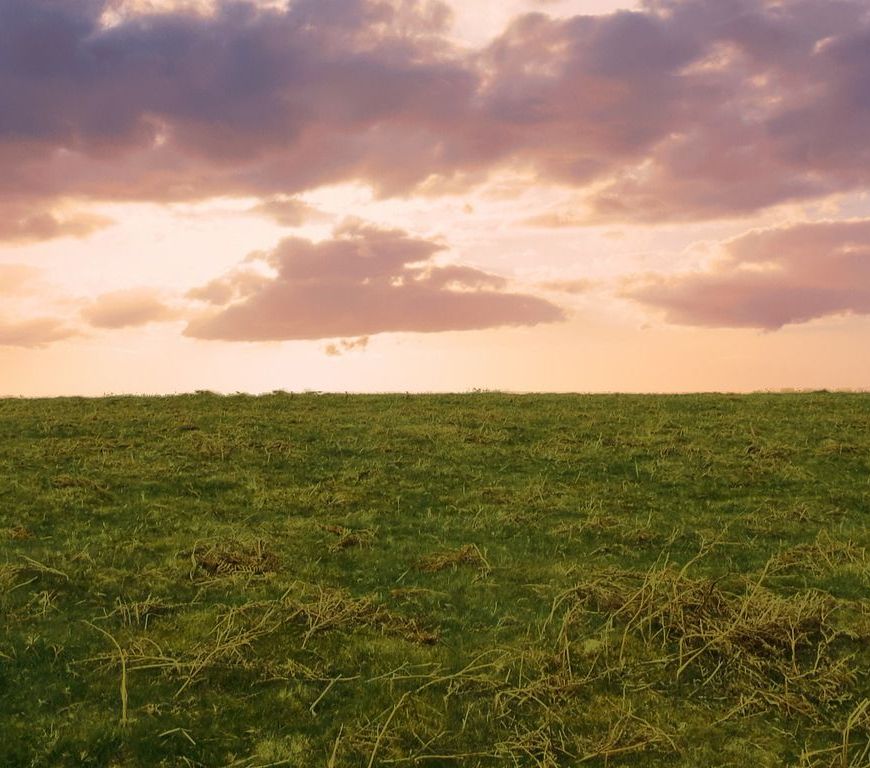
Adaptive Resource Management: Achieving functional eradication of invasive snakes to benefit avian conservation
Melia Nafus summarises how, alongside colleagues, they applied an Adaptive Resource Management process across three field phases of snake removal. This enabled an evaluation of whether eradication was achievable and whether it was necessary to achieve an avian response. Invasive snakes Invasive species, particularly predators, harm natural ecosystems and are a leading driver in global biodiversity loss. Invasive snakes often cause substantial ecological harm as … Continue reading Adaptive Resource Management: Achieving functional eradication of invasive snakes to benefit avian conservation








